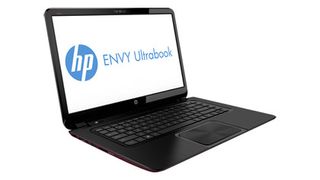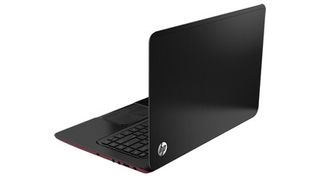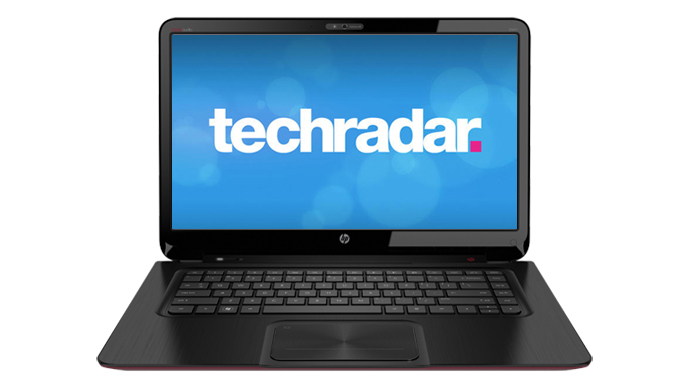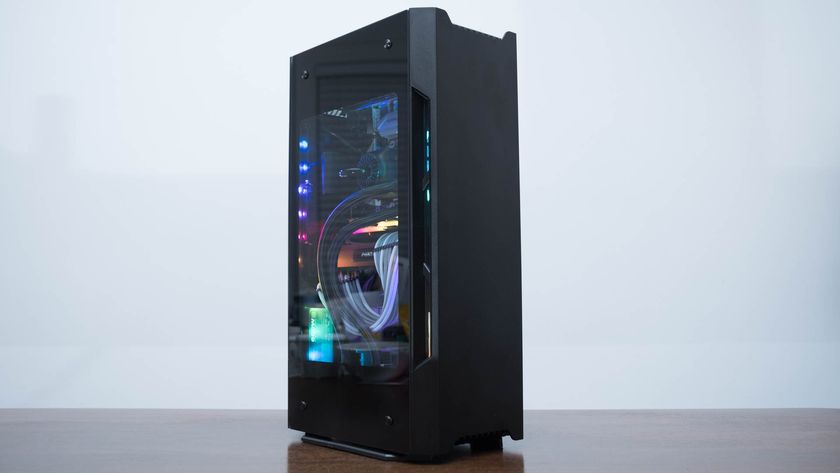Why you can trust TechRadar
The HP Envy 6-1010sa Ultrabook that we had for review is powered by an Intel Core i5-3317U chip, which is pretty much exactly what you expect to find in Ultrabooks these days. It offers quad-core performance at 1.7GHz normally, talhough Intel's Turbo Boost technology can push it up to 2.6GHz.
Being quad-core, it's fine at multitasking its way through several low-power tasks, such as word processing, web browsing and playing music, but it's not really suitable for anything too taxing.
Still, that's fine with us – Ultrabooks were never designed to be brutish workstations. They're supposed to be nippy when doing the standard computing tasks, and Intel's Ivy Bridge processor is definitely up to the task.

Similarly, 4GB of RAM is not exactly going to offer barnstorming speed while multitasking, but it should be sufficient for average home or office use, and we found it fine in the HP Envy 6.
Because the Intel i5 processor in the HP Envy 6 is an Ivy Bridge chip, it offers Intel HD Graphics 4000 – an improvement over what's come before, but not exactly the road to gaming nirvana. While serious gamers would be advised to look for something with a dedicated graphics card for their fix, it perfectly capable of running Portal 2 and many MMOs.
One of the most disappointing aspects of the HP Envy 6 in terms of specs is the screen resolution of 1366 x 768. On the 13.3-inch Asus US32A we described this resolution as merely "modest", but on the 15.6-inch display here, it's downright low.

We understand that HP will have had to cut a few corners to keep the price of the HP Envy 6 under £700/$900, but we definitely wish the screen resolution hadn't been one of them.
The 500GB hard drive is another area that's likely to be a bone of contention when viewed against other Ultrabooks. While some offer this amount of storage in a hybrid drive, with both flash storage and an HDD on offer, HP hasn't gone down this route. All you're getting is a straight-up 5400RPM hard drive – but it's not a disaster, as you'll see on the next page.
There are three USB ports, two of which are USB 3.0, and even an Ethernet port, which has a clever little hinge to keep within the thin chassis' framework. There's an HDMI port and an SD card reader, as well as microphone and headphone ports.














